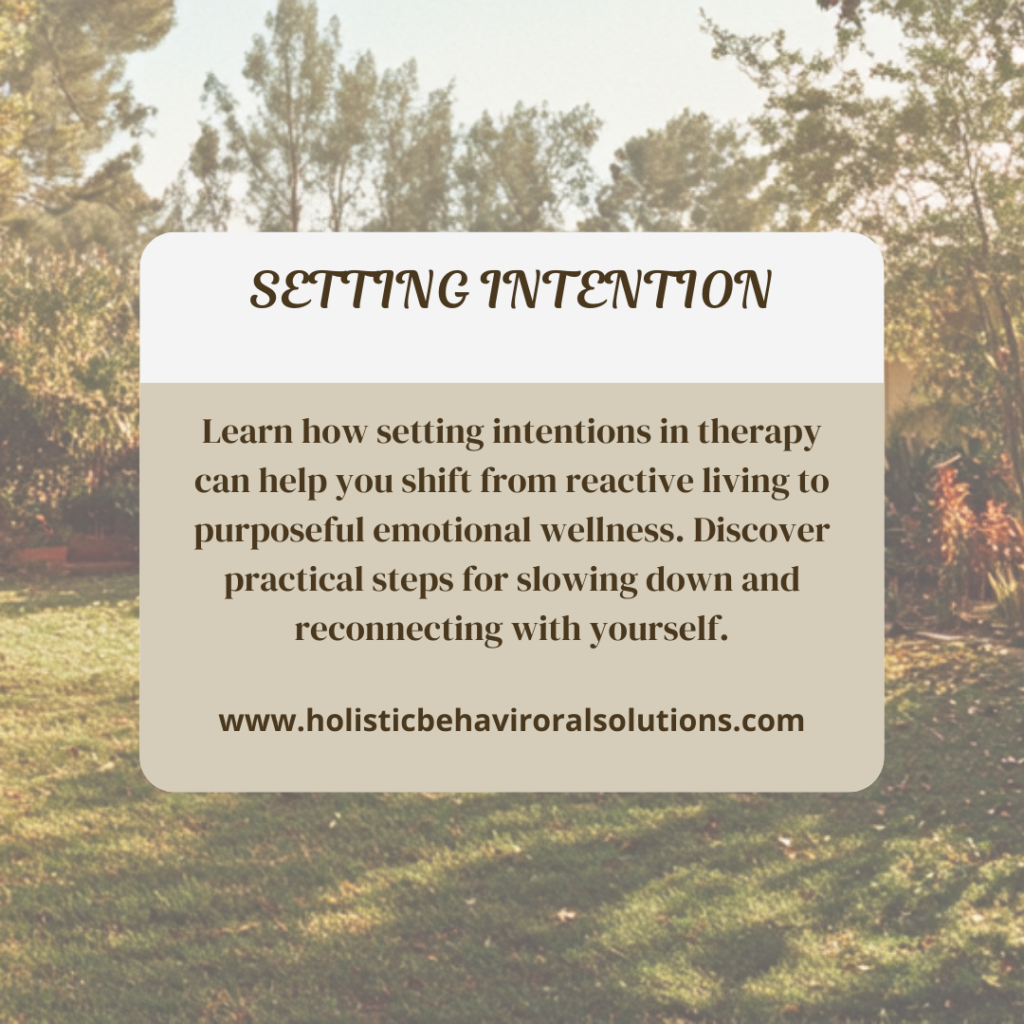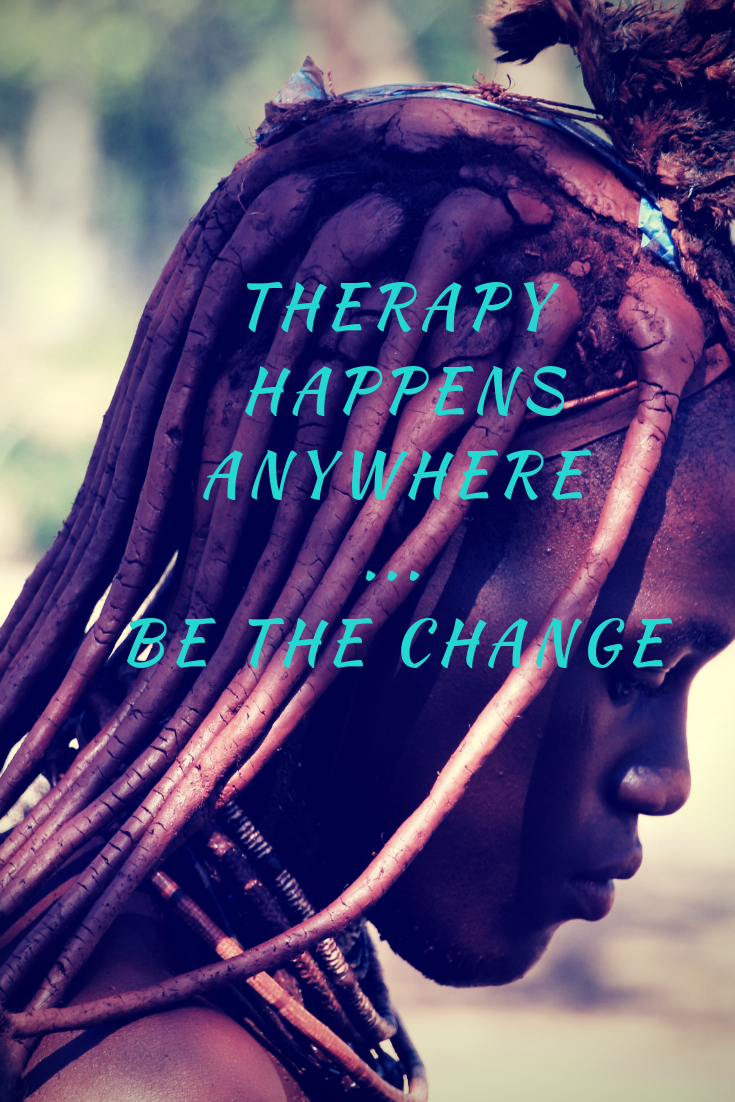
Intention setting and mental health: When life feels out of control, one of the most powerful things you can do is pause—and choose how you want to show up. Yes, you are allowed to choose. In therapy, that pause often starts with setting an intention.
Intentions are not about perfection or productivity. They’re about clarity. They offer us a way to shift from living in reaction mode to making purposeful choices that align with who we want to be. And in a world that rarely slows down, setting intentions helps you reclaim your emotional wellness—one decision at a time.
What Is an Intention?
An intention is a conscious statement about how you want to move through the world. Unlike goals, which are specific outcomes (e.g., “meditate every day”), intentions speak to your why (e.g., “I want to feel more grounded and present”).
In therapy, we often begin with intentions like:
- “I want to reconnect with my values.”
- “I want to respond to stress with more calm.”
- “I want to treat myself with compassion.”
These become guiding principles—helping you stay centered as you work through challenges.
Why Intention-Setting and Mental Health Matter in Therapy
When you’re feeling overwhelmed, it’s easy to fall into old patterns: people-pleasing, overworking, and disconnecting. These are often unconscious responses rooted in habit and survival.
Setting an intention creates mental space between stimulus and response. It allows you to:
- Shift your mindset from “What now?” to “What matters?”
- Make choices based on values, not just emotions
- Reclaim agency when life feels chaotic
Intentions don’t solve problems overnight, but they anchor you. They remind you of who you are and how you want to move through the world.
How to Set a Meaningful Intention
You can start small. Here’s a simple 3-step process used in therapy:
- Check in with yourself.
Ask: How do I feel right now? What do I need today? - Choose a focus.
Use your emotional state to guide the intention. Feeling scattered? “Today, I intend to slow down and stay present.” - Repeat and revisit.
Say it out loud. Write it down. Remind yourself of it when stress shows up.
Pro tip: Make it a ritual. Begin your day or therapy session by stating your intention. Let it guide your choices, conversations, and energy.
Real-Life Intentions That Support Emotional Health
Here are some intentions that have helped clients slow down and reconnect:
- “I give myself permission to rest.”
- “I will speak to myself with kindness.”
- “I choose peace over perfection.”
- “I allow myself to feel without judgment.”
- “I will take one mindful breath before I respond.”
Choose one that resonates—or create your own. The best intentions feel like an inner yes.
What Happens When You Forget?
You will. We all do.
Life gets busy. Emotions take over. But that’s why intention-setting is a practice, not a performance. The goal isn’t to follow it perfectly but to return to it with grace.
In therapy, we revisit intentions regularly. Sometimes, they shift. Sometimes, they deepen. Always, they point us back to ourselves.
Looking Ahead
In the next post, we’ll talk about emotional anchors—specifically, how self-care, self-acceptance, and self-compassion support a more balanced, resilient version of you.
Until then, consider this your gentle invitation:
Set one intention today. Let it be simple. Let it be real. And let it guide you back to yourself.
Support Your Intention-Setting Practice
Looking for tools to stay grounded? Visit The Holistic Store for supplements, mindfulness tools, and self-care supports that help you stay aligned—physically, emotionally, and energetically.

